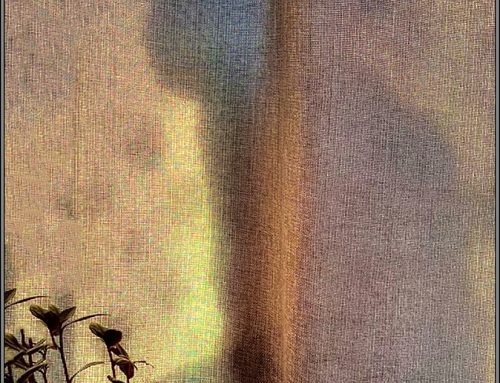On Wednesday 26 January, Colin Jarvis MA Photo ARPS Zoomed in to speak to us all the way from Lancashire – another example of how Zoom has enabled us to get great guests from much further afield than we could otherwise. Colin is a professional landscape photographer based in Preston. His work has been featured in books (including the Landscape Photographer of the Year book), photography journals, and magazines as well as being exhibited in London, Liverpool and Manchester. Having worked as a photographer and educator for many years, his mission was to educate us in the subtle art of monochrome photography. He told us he loves minimalist long exposures, especially of water. Helpfully, is only 20 minutes from the coast at Fylde.
Colin runs single day and residential workshops around the UK, as well as providing one-to-one photography tuition and post-processing tuition, for photographers of all levels
More of Colin’s images, and details of his workshops etc, can be found at www.colinjarvis.co.uk
Colin can also be found on Instagram and Facebook.
Colin started with a quotation.
“The world is in colour. You have to work at black and white”.
(Andrew MacLean)
Colin begins that work by getting his tripod firmly planted. Typically, he then considers his composition, focuses (using the “back button”), adds a graduated filter (positioned on the horizon), adds a 6 or 10 stopper filter, sets the shutter speed to “bulb”, sets the aperture to F13 or F14, and sets ISO to 100.
While tables are available to compute the time the shutter needs to be opened to get the correct exposure (usually anywhere from15 seconds to 1½ minutes), he can do this largely from experience/judgement and then adjust as necessary for further shots. Getting the correct exposure in camera is essential to maximise the detail available in the shadows and highlights. The graduated filter enables him to retain lots of detail in the sky while capturing a correctly exposed foreground.
Colin uses a “quite old” Canon 5D Mk II with 17-44mm and 24-105mm L lenses and Kase filters. And he shoots in colour in RAW.
For Colin, every shot has to have an “intention”. He likes to shoot in overcast conditions for a quite moody effect, and often includes quite a lot of negative space. In post-processing he aims to start with low contrast and then bring the contrast back – bit by bit – where he wants it (for example, burning in shadows to get more “depth” in reflections). He often adds a subtle vignette. And he sometimes uses a custom gradient to “obliterate the sky” and so remove the horizon.
Colin’s presentation included a large selection of his wonderfully atmospheric mono images as he described and explained his intentions and techniques. The images included seascapes, landscapes, and architecture. They were mainly shot with long exposures to transform the wildness and chaos of nature and achieve a peaceful, minimalist effect.
The pictures were taken all around the UK. Many were from Lancashire/Merseyside – Fylde, Southport, St Anne’s, Thornton-Cleveleys, Crosby, West Kirby, and New Brighton. But others were from Rhos on Sea, Llandudno, Llanddwyn Island, Llanberis, Weston-Super-Mare, Clevedon, Kilve Beach, Swanage, Malan, Whitby Bay, Saltburn-by-the-Sea, Holy Island (Lindisfarne), Blyth, Craster, Loch Lomond, Fort William, Skye, and Dunbar.
While many of the subjects were mundane – posts and wooden platforms in the water, small jetties, railings and chains, and sewage pipes (Colin identified his three favourite ones!) – others were more significant. These included piers, lighthouses, harbours, wrecks, Anthony Gormley’s statues, and other art installations.
Colin also does quite a lot of infrared photography, which he loves. He uses an old, converted camera. He finds infrared works well in poorer weather. Using an aperture of F5.6, and some underexposure, he can capture quite a lot of texture and detail.
His presentation included infrared images from the Yorkshire Dales (including Bolton Abbey) and the Lake District.
Colin finished with some architectural shots from Manchester (including the Imperial War Museum North), Bristol, and London.
Colin’s passion for his subject, together with his skillfully produced monochrome work, made this a marvellous evening of memorable images. He uses long exposure techniques to great effect, producing simple, ethereal, and atmospheric images. This talk should inspire everyone ahead of our “Minimalism” competition on 20 April.















Leave a Reply